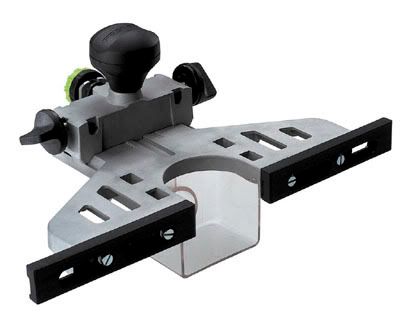leftistelf said:
I have the edge guide, and that was going to be my strategy, but I keep getting the sense that a router table is the right way to do this work. I feel like a quitter when you own these guiderails and an amazing router, which should work, but i can't imagine being able to make six 53" runs (for each shelf) without screwing things up. I think working with thin stock is the the problem with the festool system. Long rips, long dados, etc. Sounds like an Incra LS positioner mounted on a woodpecker table is in my future...
Thin stock can be a problem no matter what tool or system you have. These are the types of situations that lead to the process setting up a shop - also known as acquiring more tools. ;D There are some tools that can do many things and others that are specialized. The router can do many things but it has it's limits too.
A router table would be just the ticket here as well as a table saw with or without a dado cutter blade. Both of these tools would make the process using that stock safe and accurate easy and fast. Slot cutter, biscut jointer, spline, glue, Domino even. This is why Festool also makes the CMS and Basis tables (not available in US ?) .
You shouldn't feel like a quitter just because you found the (safe) limits of the router. There will be many times when you will reach the limits of what a particular tool will do. It's nothing new, finding the work around is always a challenge and is only limited by skill and tools. When you can, you add to your tool collection those tools that are most important and useful to the kind of projects that you do.
You can also make your own temporary router table.
1 get a 1/4 sheet of 1/4" or 3/16" tempered or regular hardboard
2 get a 1/4 sheet of 3/4" MDF
3 cut a hole in the mdf about the size of the router base
4 remove the brown base from the OF 1400 and use it as a template to drill counter sink holes in the hardboard top.
5 Cut a 2" or so hole in the center of the hardboard, place the hardboard over the MDF, screws - glue.
6 mount the router without it's base under the hardboard using the same screws that were holding the base on
7 clamp the table to a couple of saw horses
8 clamp a fence on there and you got a 20$ router table ;D
Make sure it's stable and secure (safe to operate)
You will be able to make the same dado or rabbit cut as a nice router table (for now)

